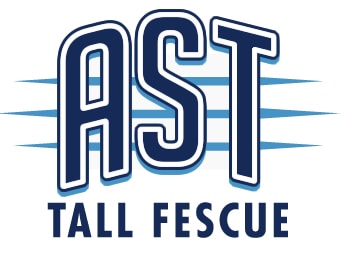Uses
Tall fescue can be used for home lawns, parks/recreation sites, utility turf, erosion control, athletic fields and golf courses for the roughs and natural areas. Tall fescue can be used alone or in combination with other turfgrasses. The most commonly used turfgrasses in mixtures with tall fescue are Kentucky bluegrass, perennial ryegrass and fine fescue. Tall fescue is one of the most commonly used turfgrasses and is adapted to a large area of the country.

Description
Tall fescue, Festuca arundinacea Schreb, is a cool season, coarse-textured, bunch grass. Having an extensive root system, tall fescue tolerates heat and drought better than other cool season turfgrasses. It will grow in a wide variety of soil conditions and will persist in full sun to partial shade. Tall fescue also has excellent wear resistance and has lower maintenance requirements than other turfgrasses.
Adaptation
Tall fescue is adapted from the transition zone of the United States through southern Canada.
Establishment
- Adjust soil pH to 5.5-7.5 (for optimum performance and persistence)
- Use herbicides if necessary. Follow label directions and precautions.
- Soil type: Prefers fertile, well-drained soil but does have a wide range of soil adaptability
- Fertilizer: Refer to soil test, responds well to nitrogen
- Seed bed: Prepare a fine, granular and firm seed bed to ensure good seed to soil contact
- Seeding rate:
New Lawn: 6-8 lbs./1000 square feet
Overseeding Existing Lawn: 3-4 lbs./1000 square feet - Seeding date: Spring or early fall
- Seeding depth: ¼ – ½ inch
Management
- Mowing Height: 2-4 inches
- Fertility: 2-5 lbs. N/ 1000 square feet/year. Apply fertilizer in split applications in spring and fall; avoid excess applications of nitrogen in summer months as this promotes disease
- Irrigation: Irrigation may be necessary to ensure survival during periods of extended drought
- Weed control: Apply pre and post emergent herbicides at labeled rates to control weeds
- Disease control: Apply fungicides at labeled rates to control disease; avoid excess applications of nitrogen in summer months
- Insect control: Apply insecticides at labeled rates to control insects



